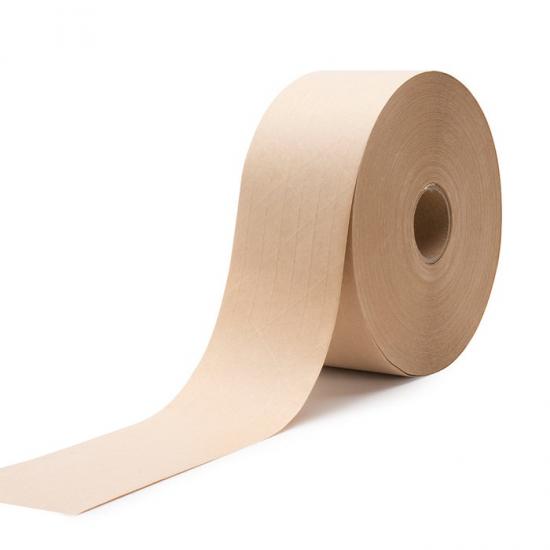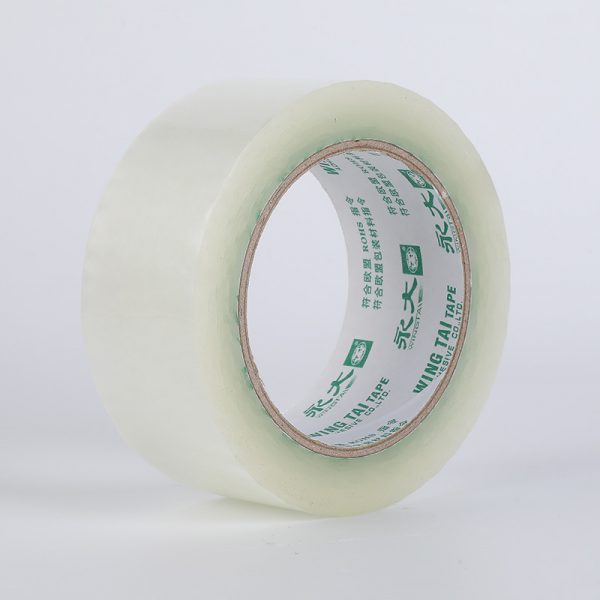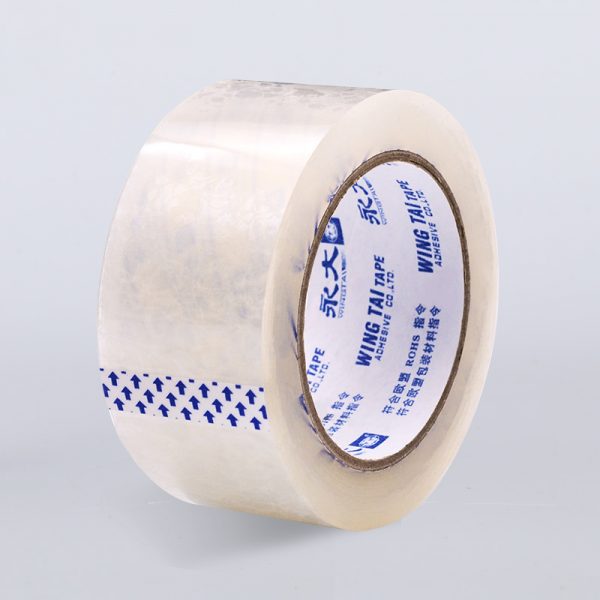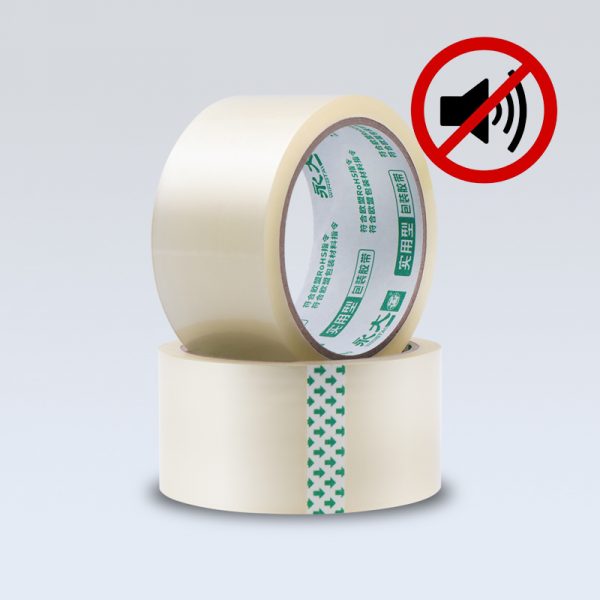Did you recently have a loss because your packing tape failed? This small detail can lead to damaged goods, customer complaints, and a poor brand image. The market has many kinds of Adhesive Tape. Selecting the wrong Tape Adhesives can create shipping risks, wasted money, and lower efficiency. For small and medium-sized businesses, this is a hidden cost that needs a solution. This article is a clear guide. It will help you learn the key differences between different Tape Adhesives. This way, you can make a good purchasing decision for your business.
The Adhesive is the Center of Purchasing Decision
Selecting the right adhesive is a science, not a guess. A deep understanding of this science is what separates a reliable seal from a costly failure. Learning the basics of adhesive performance is the first step toward making a smarter choice.
The Science of Adhesion
When you select a tape, you are selecting an adhesive. Three key ideas determine how well a tape will work.
- Initial Tack: This is the immediate stickiness you feel when you first apply the tape. A high initial tack means the tape grabs onto the surface almost instantly. This is helpful for fast-paced packing lines where you need the box to be sealed and ready to move in seconds.
- Holding Power (Shear Adhesion): This is the tape’s ability to stay in place over time, especially when there’s pressure on it. Imagine a heavy box where the flaps are pushing outward. The holding power is what keeps the tape from sliding or peeling off under that constant stress.
- Peel Adhesion: This measures the force needed to pull the tape off a surface after it has been applied. It’s different from holding power. Peel adhesion tells you how resistant the tape is to being lifted or peeled away, which is helpful for security and preventing tampering.
External Factors Matter
The right adhesive in one situation might fail completely in another. You must think about the entire journey of your package.
- Temperature: Will your packages be stored in a hot warehouse or shipped in a cold truck? Extreme heat can make some adhesives soft, while extreme cold can make them brittle.
- Humidity and Moisture: A damp environment can prevent many adhesives from sticking properly.
- UV Light: Direct sunlight can break down certain adhesives over time, causing them to become yellow and weak. This is a key point for long-term storage.
- Surface Type: Is your tape sticking to a standard new cardboard box or a non-polar surface like certain plastics? Recycled boxes often have more dust, making it harder for some adhesives to form a strong bond.
Comparison: Hot Melt, Acrylic, and Natural Rubber
Most standard packing tapes use one of three main adhesives: Hot Melt (a type of synthetic rubber), Acrylic, or Natural Rubber. Choosing the right one depends entirely on your specific needs for performance and budget.
Hot Melt Adhesive (Synthetic Rubber)
This adhesive is often chosen for its fast application speed and good performance on certain surfaces.
- Key Strengths: The main advantage of hot melt is its high initial peel strength, grabbing surfaces right away. This is ideal for high-speed automated packing lines. It also bonds well to many materials, including non-polar surfaces.
- Key Weaknesses: Its performance under stress is limited. Hot melt has poor aging and weather resistance. In terms of cost, it sits in the middle; it is more expensive than acrylic but cheaper than natural rubber.
Acrylic Adhesive
Acrylic adhesives are known for their long-term durability and value.
- Key Strengths: Acrylic’s main advantage is its excellent resistance to aging, weather, and temperature extremes. It is the best choice for long-term storage. Its biggest benefit is its low cost, making it the most budget-friendly option of the three.
- Key Weaknesses: It has a low initial peel strength. This means it doesn’t feel very sticky at first and needs some time (often up to 24 hours) to cure and build its full, permanent bond. It also has poor adhesion to non-polar surfaces like certain plastics.
Natural Rubber Adhesive
Natural rubber adhesive is known for its aggressive tack and strong performance, making it a premium choice for difficult jobs.
- Key Strengths: Its top feature is a very high initial peel strength. It sticks aggressively and instantly to a wide variety of materials, including difficult or irregular surfaces. It also has strong holding power at high temperatures.
- Key Weaknesses: Natural rubber has poor resistance to aging and UV light, so it is not ideal for long-term storage. It is the highest-cost adhesive of the three.
Adhesive Comparison at a Glance
| Feature | Hot Melt (Synthetic Rubber) | Acrylic | Natural Rubber |
|---|---|---|---|
| Peel Strength | High | Moderate | Very High |
| High Temp Performance | Very Poor | Good | Good |
| Aging & Weather Resistance | Poor | Excellent | Poor |
| Adhesion to Non-Polar Surfaces | Good | Poor | Good |
| Cost | Moderate | Low | High |
The Secure and Eco-Friendly Option: Water-Activated Tape
Corporate responsibility is as important as product security for many businesses. Selecting Water-Activated Tape addresses both.

How Water-Activated Tape Works
Also known as gummed tape, Water-Activated Tape (WAT) is made from kraft paper with a starch-based adhesive. It is not sticky until a dispenser wets it. The wet adhesive then fuses with the cardboard fibers, creating a permanent bond.
A High Level of Security
- Tamper-Evident Seal: Because the tape fuses with the box, it cannot be removed without leaving obvious damage. This makes any tampering immediately visible.
- Great Strength: The bond is incredibly strong. Reinforced versions can securely seal very heavy packages with just a single strip.
The Sustainable Choice
- Recyclable: The paper-based tape can be recycled with the box.
- Biodegradable: The materials used are paper and a starch-based adhesive, which are biodegradable.
- Reduced Waste: Its strength often means that only one strip of tape is needed to securely seal a carton.
Browse More Tape Option at Wingtai
Selecting the right supplier is as important as selecting the right tape. A partner with deep technical knowledge and robust manufacturing capabilities can ensure you receive the right product with consistent quality. For example, a company like Wingtai brings nearly 40 years of experience to the table, having been a National High-Tech Enterprise and a leader in the China Adhesives and Tape Industry Association since its founding in 1984.
This expertise is built on a history of forward-thinking innovation. Wingtai demonstrated this early on by establishing one of China’s first large-scale acrylic adhesive production lines in 1985 and continues this tradition today, holding 18 patents for specialized solutions such as low-noise tape.
Proven innovation must be backed by the scale to deliver. With an annual production capacity of over 1 billion square meters and dedicated hot melt and acrylic coating lines, such a supplier demonstrates the manufacturing strength required to meet the demanding needs of global partners like Sony, Panasonic, Samsung, and Coca-Cola.
Furthermore, a commitment to world-class quality and sustainability is non-negotiable. This dedication is externally verified by a comprehensive suite of certifications, including ISO9001, ISO14001, RoHS, REACH, and Sony Green Partner status. A focus on corporate responsibility is also demonstrated through tangible environmental projects, like a 2.7 MW photovoltaic power station that significantly reduces CO2 emissions.
When you are ready to partner with an expert capable of delivering not just a product, but a comprehensive and reliable packaging solution, contact us. Let our team create a tape solution for you that can reduce costs and increase efficiency.
Frequently Asked Questions (FAQs)
1. What is a frequently used type of packing tape?
Both acrylic and hot melt tapes are very common. Acrylic tape is often chosen for its low cost and durability in storage. Hot melt is used in high-speed packing lines because it sticks very quickly.
2. How do I select a tape for the weight of my package?
For light packages (under 15 lbs), standard tape is usually fine. For medium-weight packages (15-40 lbs), you should use a stronger, heavy-duty tape. For packages over 40 lbs, think about a high-strength tape like reinforced water-activated tape. The adhesion of the tape can also be enhanced by increasing the thickness of the adhesive layer.
3. What is the key difference between hot melt and acrylic tape?
The key differences are in their cost and performance. Acrylic tape is a lower-cost option with excellent resistance to aging and temperature, but it has a weaker peel adhesion. Hot melt tape costs more than acrylic, has a very aggressive adhesion, but it is not as good as acrylic in terms of weather resistance.
4. What makes water-activated tape secure?
Water-activated tape bonds with the cardboard fibers, becoming part of the box. This creates a tamper-evident seal. Any attempt to remove it will tear and damage the box, making theft obvious.
5. What is a good tape for long-term storage?
Acrylic adhesive tape is a good choice for long-term storage. It is the lowest cost option of the three main types, and it is resistant to temperature, humidity, and UV light, so the seal remains strong for years without breaking down.


